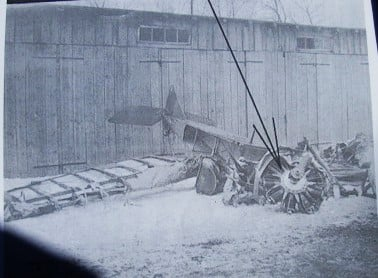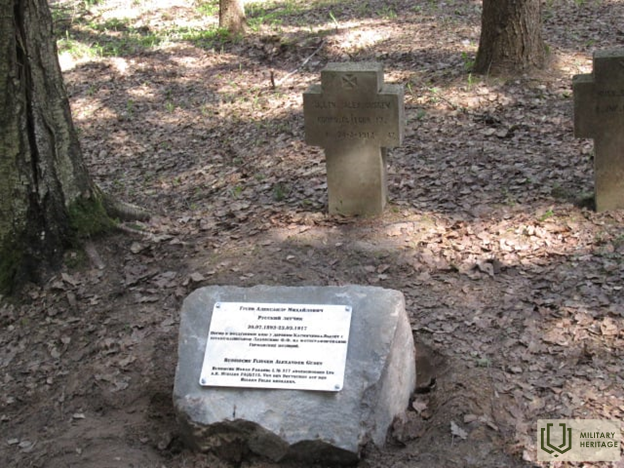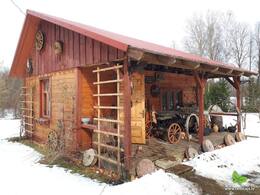About the grave of the downed pilot
In the First World War, new technical means were massively used (machine guns, poisonous gases, tanks, submarines, artillery tornado tactics, flamethrowers, combat aviation), which increased the amount of human killing to an unprecedented level. It is said that the last knightly battles were fought in the air because of mutual respect and unwritten rules between the pilots. At the beginning of the war, when the planes were not yet equipped with weapons and flew on surveillance missions, the pilots of the opposing sides even greeted each other in the air. On the other hand, the enemy pilots who were shot down or captured later used to inform the other side by flying to the enemy airfield and dropping a piece of paper in a sandbag or even the report of the captured pilots.
During the First World War, enemy airfields were not bombed, and enemy pilots were buried with military honors. There are also recorded cases when the pilots of the opposing side lay down a mourning wreath on the day when a particularly brave or skillful pilot, even if of the opponent, is buried. This practice was common both on the eastern and western fronts. Latvian aviator Rūdolfs Celms has written about several such cases in his book "Tev vūdas lidot" (published in 2019, edition of "Latvijas Aviation Museum "Spilve" Association). Such a case has also been recorded on the Daugavpils front, when on March 24, 1917, the plane Morane-Saulnier L "Parasol" piloted by Russian army pilot Alexander Gusev was shot down on the German side in Medumu parish near the village of Papuli, which was a widely used biplane in the Russian army. Board number No. 301. The pilot was from Odesa, he died at the time of the accident, but the observer was only injured, he survived and was treated in Kaunas hospital. Images of the downed plane have survived. About the fate of the pilots, a German pilot left a note on the side of the Russian front, while the pilot himself is buried with military honors in the cemetery near the Vilciņi bunker. Since the pilots had documents with them, they could be identified unless the plane crashed, as it often did. Consequently, airmen, unlike other arms classes, were not usually buried as unknown and their graves are identifiable.
Rudolph Celms:
Early spring brought interesting changes to the life of the airfield. If enemy planes land on our side, then can it be called change? In one case, a pilot of Teter's division shot down a German plane. It was forced to land in the vicinity of Daugavpils. The two pilots were unspeakably worried about what had happened and begged the staff officers very much to be allowed to write a few lines to their commander - otherwise it would be thought that the two had gone down on purpose.
After longer contacts with several institutions, such permission was also granted. I was invited to the headquarters to translate the letter of the two German pilots. Then my commander put the letter in a long, white bag, took it to Ilūksti and dropped it there.
In another episode, Rudolph Celms describes how the German biplane "Albratross" made a forced landing near Livani, and a message about this incident was also passed on the German side:
"I contacted my commander and decided to help the two fritches, because the German pilots also behaved chivalrously. They dropped letters on every occasion at our airfields if one of ours landed there or was killed. (..) The very next day, we flew to one of the nearest German airfields and, receiving a shrapnel explosion, dropped a sandbag with a letter."
R. Celms, You will have to fly, p. 93.
Related timeline
Related topics
Related objects
First World War local history collection in Medumos
It is located in the village of Medumu, Jaunatnes Street 4.
A private collection of historical evidence created by the Stikanis family. A collection of artifacts from the First and Second World War has been created, collected mostly from Medumu Parish and the surrounding area. Both military heritage items and household items, coins, photographs can be viewed.
The private collection can be viewed by contacting us in advance. Entry for donations.









